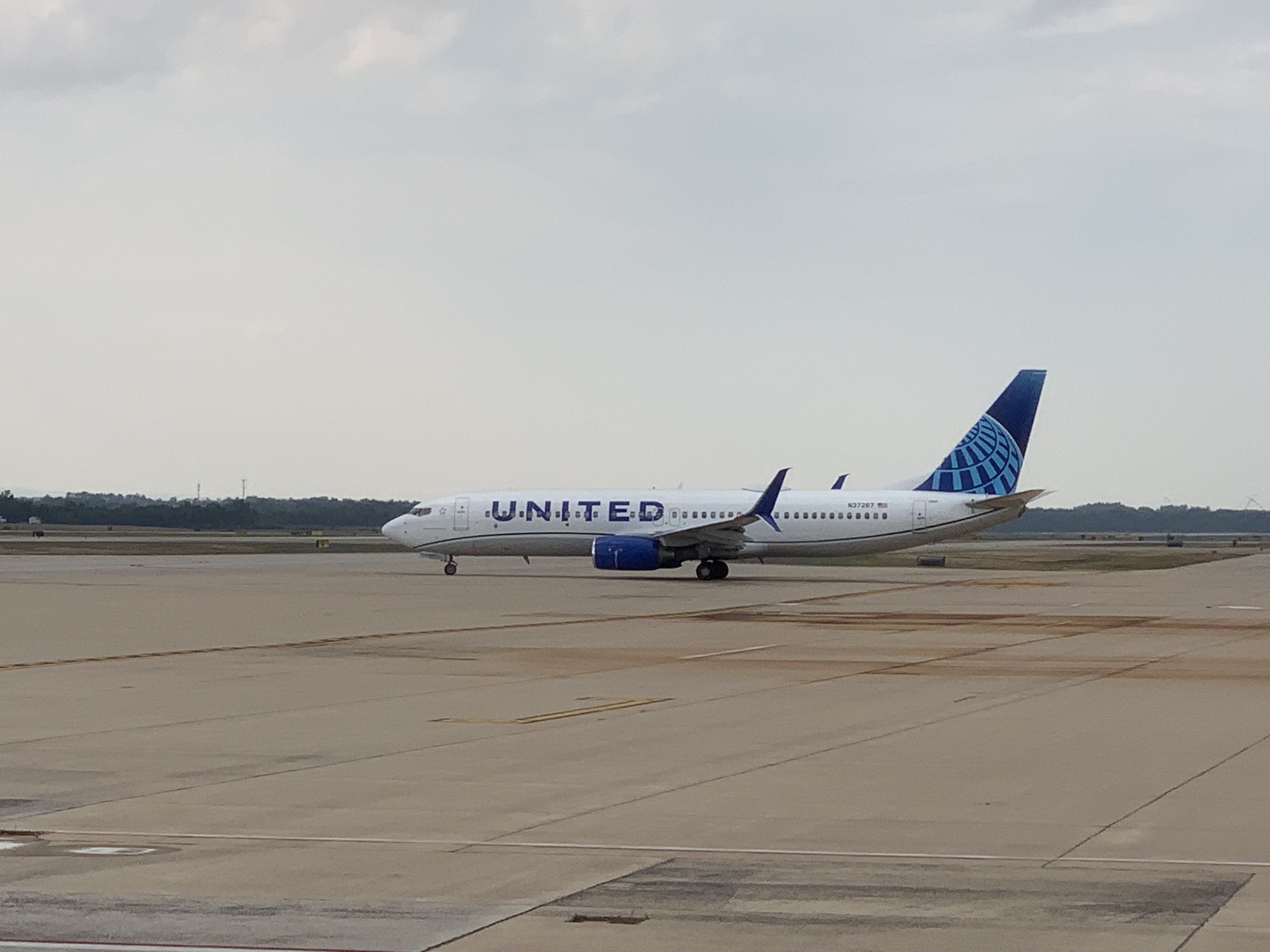Big United Airlines Change For Business Travelers: PlusPoints Changes How Upgrades Work

United is making big changes to how upgrades work for their top elite members. For now, this post will be informational. I’ll be forming and sharing my opinion later on.
Currently, United Premier Platinum and 1K members earn Regional Premier Upgrades (RPU) and Global Premier Upgrades (GPU). Going forward, both of those instruments will disappear. Here’s what we know so far:
United Airlines PlusPoints For Top Elites
- Premier Platinum members receive 40 PlusPoints
- 1K members receive 280 PlusPoints plus the 40 they receive for achieving Platinum status
- Existing RPUs convert to 20 PlusPoints. Existing GPUs convert to 40 PlusPoints
That’s the new currency. But, what are they worth?
- A United short-haul upgrade from Economy to First will cost 20 PlusPoints. Here’s the new definition on a short-haul flight:
Short-haul flights are flights without United Polaris business and include flights within the U.S., including Alaska, Hawaii and premium transcontinental service; flights between the U.S. and Canada; Bogota, Colombia; Central America; Caribbean; Mexico and Quito, Ecuador; flights between Guam and Honolulu, including island hopper service; and intra-Asia flights.
- An upgrade from Economy to Premium Plus (their new premium economy product) on a long-haul flight will cost 20 PlusPoints. No clear indication yet if there’s a fare restriction similar to the current W class fare restriction on GPUs.
- An upgrade from Premium Plus to Business Class will cost 30 PlusPoints.
- An upgrade from Economy to Business Class will cost 40 PlusPoints. It’s believed this will still carry a W class fare restriction.
- An upgrade from Discounted Economy to Business Class will cost 80 PlusPoints. This is currently defined as the fare buckets S, T, L and K. This excludes a couple of existing buckets that do get used from time-to-time (G and N).
Other Changes
- United will only pull PlusPoints from your account when any requested upgrade on an itinerary clears. This should allow you to waitlist more total flights.
- If you have multiple segments on an itinerary at different prices (in PlusPoints) United will only charge you for the highest priced segment. For example, a short-haul flight that connects to a long-haul flight costs 40 PlusPoints to upgrade from Economy to Business Class, as opposed to 20 for the short segment and 40 for the long (for a total of 60).
- If all of the upgrades on an itinerary don’t clear, United will refund the difference in PlusPoints when you land on the flight flight of the itinerary. Using the example above, if you only cleared the short-haul flight, United would initially deduct 40 PlusPoints. When you landed, if your long-haul upgrade didn’t clear, they would refund you 20 PlusPoints.
- A new feature called “Skip Waitlist” will be available on certain long-haul flights more than 30 days prior to departure. It will cost more points to skip the waitlist. It’s unclear how many points it will cost to skip the waitlist.
The Final Two Pennies
United has a page dedicated to the changes where you can review them in more detail. And, they have a video that shows a few scenarios:
https://www.youtube.com/watch?v=5VDnyTUo6Mw&feature=youtu.be
Lots more to come on this, including initial opinions. But, I wanted to get something up so folks knew what to expect. The biggest open question for me right now is whether PlusPoints can be redeemed on someone else’s reservation. My travel patterns frequently leave me with unused RPUs and GPUs at the end of the year. I generally give these away to friends who love to receive them. A restriction on that would be pretty disappointing. It’s also important to note that the standard complimentary upgrade system appears to be remaining in place.
My first impression is that flexibility is always a good thing. I have open questions about how much availability there will be under the new system. United made some pretty egregious changes to their award charts earlier this year. This was after making it harder to achieve top-tier status last year. The last few changes they’ve announced have largely been negative, with the exception of the inconsequential announcement that your miles no longer expire. I’d love to be positively surprised by this change to PlusPoints.
Did you enjoy this post? Please share it! There’s plenty of ways to do that below.
You can also follow me on Twitter, Facebook and Instagram.
And, I hope you’ll check out my podcast, Miles To Go. We cover the latest travel news, tips and tricks every week so you can save money while you travel better. From Disney to Dubai, San Francisco to Sydney, American Airlines to WestJet, we’ve got you covered!

I actually look forward to this — I don’t think I’ve ever used all of my regional upgrade in a given year (most of my domestic flights are < 2 hours, so it really never seems worth an upgrade) and I like the idea that with points, I'm basically getting more chances at a long-haul upgrade. I might be in the minority, but this new approach happens to work well for me…
Gizmosdad, it’s pretty much all positive for right now. Frequent travelers get more flexibility. I’m sure you can appreciate why some folks are proceeding with caution.